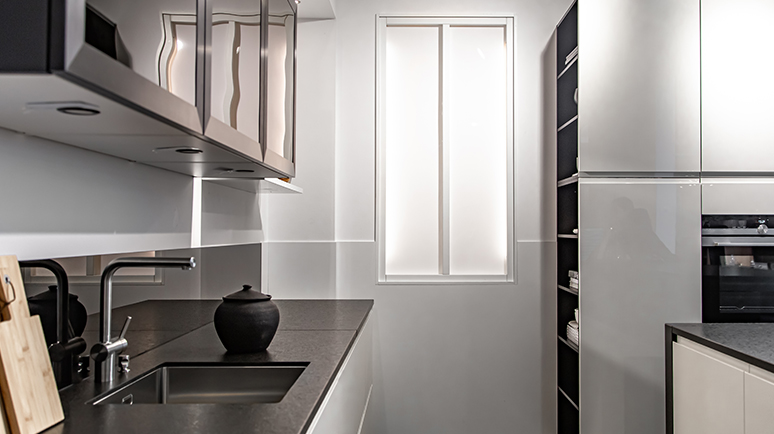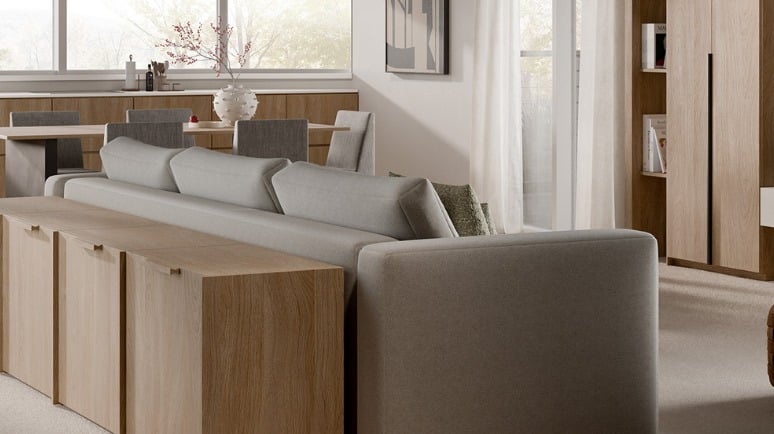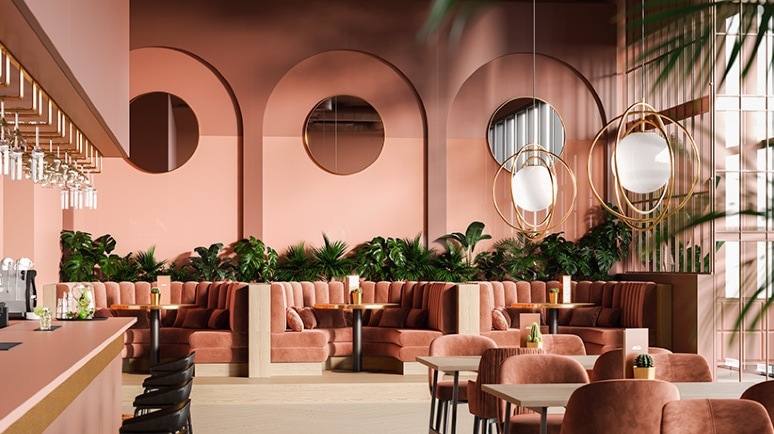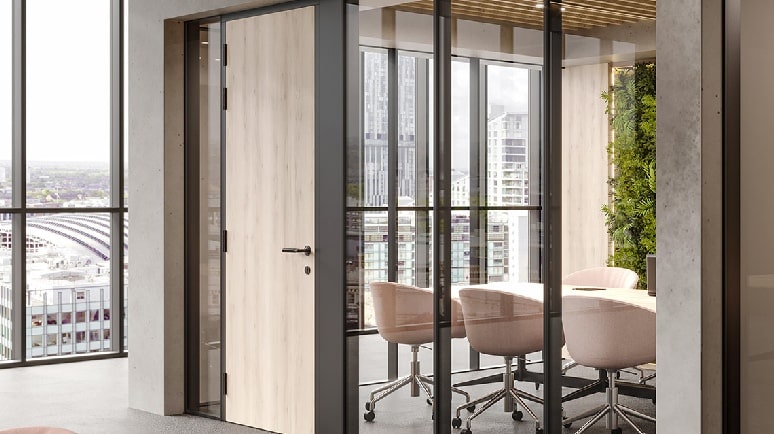
Reasons Why Furniture Design Matters
May 27, 2022
Common Bathroom design mistakes to avoid
June 20, 2022The kitchen sink design isn’t something you can easily change. Highlighting the role, it is prudent to learn about the effects of kitchen sink design before committing to one.
The kitchen sink is typically regarded as merely a necessity, something required to wash utensils. As a result, it is easy to overlook the kitchen sink design. However, with so many models available nowadays; it is natural to be perplexed about how to select the best kitchen sink design.
Choose Based on Its Configuration
Today Kitchen sinks are available in a variety of configurations, each suited to a specific multitasking style. Single-basin sinks are the most common because they allow you to wash a sizable lot of big utensils at the same time. This kitchen sink design works well in almost any kitchen.
The kitchen double sink design sink has two basins, allowing you to prep for cooking and clean up in the same area. Offset kitchen sink designs, in which one basin is slightly smaller than the other, can achieve a similar look. These are better suited for smaller kitchens with limited countertop space.
On the other hand, a half-and-half kitchen sink design with two identical basins, can hold a lot more utensils while making space. This is ideal for homes that entertain frequently or simply use a lot of dishes.
Choosing Shape for the Kitchen Sink Design
Even if you are not installing a fancy marble sink, the shape of your kitchen basin design is important. When deciding how to choose a kitchen sink, many homeowners discover that sinks with rounded edges are easier to clean. This is due to the fact that dirt and food do not get stuck in rounded corners as they do in corners with defined edges.
By displaying crisp top edges and rounded bottom corners, a modern kitchen sink design can kill two birds with one stone. You get the benefit of a nice design as well as functional utility here. A modern kitchen sink design with an attached drain board is an excellent choice for any type of home. Keep in mind you have just enough counter space to keep it, though!
Material Selection
When it comes to sinks, stainless steel is the material of choice for everyone. It’s tough, long-lasting, and nearly indestructible. If you have hard water coming from your taps, water stains will most likely form, but this will have little effect on how you use the sink.
Porcelain sinks look best in vintage-style kitchens or those with a farmhouse feel. But be wary of chipping! Stone and granite are also visually appealing options, but they can be costly and time-consuming to maintain in the long run.
Accessories Matter
Taps are probably the first thing that comes to mind when thinking about kitchen sink accessories. Though it may appear to be a simple style choice, they can make or break your experience. This is due to the fact that the placement and design of your kitchen sink accessories can impair the space’s functionality.
Even if you choose the traditional two-knob faucet, consider adding an extendable spray or shower arm to help clean out far corners of the sink and fill large pots easily.
Maintain the Standard Sink Height
The sink and countertop were the first modular design elements to be standardised. However, the height of the kitchen counter may vary depending on the height of the person using the kitchen.
There should be a 15 cm gap between your elbow height and the countertop. As a result, for obvious reasons, the sink is almost always the same height as the kitchen counter. However, the ideal sink depth is 56 cm.
To summarise, no kitchen can function without a sink. There is nothing else like it in terms of being both functional and fashionable. So, when choosing a modern kitchen sink design, keep this guide and the tips above in mind. Cooking, cleaning, and prepping will quickly become enjoyable activities in your kitchen!




